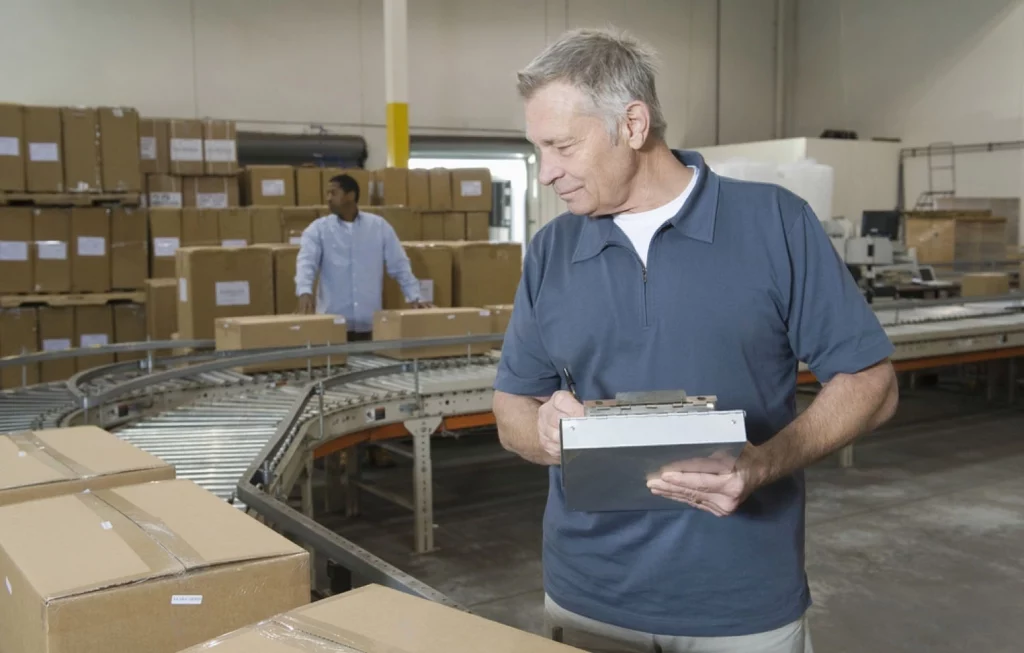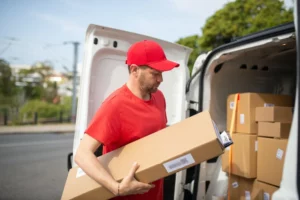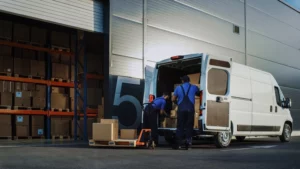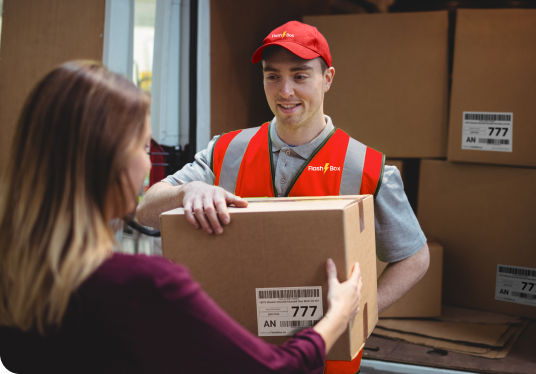As e-commerce continues to boom, the pressure on last mile delivery has never been more excellent. Consumers expect fast and reliable delivery, and businesses are looking for ways to meet these demands while keeping costs down. One solution that is gaining popularity is the use of micro-fulfillment centers for last-mile delivery.
In this blog post, we will explore the emergence of micro-fulfillment centers and their impact on the future of last-mile delivery.
What are Micro-Fulfillment Centers?
Micro-fulfillment centers are small-scale warehouses designed to handle high volumes of online orders, often in densely populated areas. These centers are strategically located in urban or suburban areas, closer to the end customer, which reduces delivery time and costs.
Micro-fulfillment centers are typically housed in commercial spaces such as shopping malls, grocery stores, or parking garages. They utilize advanced automation technology, such as robotics and conveyors, to process and fulfill orders quickly and efficiently.
The Benefits of Micro-Fulfillment Centers for Last Mile Delivery
Micro-fulfillment centers offer several benefits for last-mile delivery, including:
- Reduced Delivery Time: By locating these centers closer to the end customer, businesses can reduce delivery time and offer same-day or next-day delivery options.
- Increased Efficiency: Automation technology enables micro-fulfillment centers to process and fulfill orders more quickly and efficiently than traditional warehouses, which reduces labor costs and increases throughput.
- Lower Transportation Costs: By reducing the distance between the fulfillment center and the end customer, transportation costs are reduced, and delivery vehicles can make more deliveries in less time.
- Improved Customer Experience: Fast and reliable delivery is essential for a positive customer experience. These centers can help businesses meet customer expectations for speed and reliability, improving customer loyalty and retention.
The Emergence of Micro-Fulfillment Centers and Amazon
Amazon has been a significant proponent of micro-fulfillment centers, with the giant retail opening many micro-fulfillment centers across the United States.
Amazon’s investment in this technology is driven by the need to keep up with consumer demands for faster delivery times and to reduce delivery costs.
Amazon’s micro-fulfillment centers range in size from 10,000 to 40,000 square feet, and they are strategically located near urban areas to provide same-day or next-day delivery options.
The use of automation technology in these centers enables Amazon to process and fulfill orders more quickly and efficiently, reducing labor costs and increasing throughput.
The Future of Last Mile Delivery with Micro-Fulfillment Centers
According to a report by LogisticsIQ, the micro-fulfillment center market is expected to grow at a compound annual growth rate of 27.3% from 2021 to 2026, with the global market size projected to reach $10.5 billion by 2026.
As more businesses adopt this model, we expect continued growth and innovation. Here are some potential future trends:
- Expansion of Micro-Fulfillment Centers: As the demand for fast and reliable delivery grows, more businesses will invest in micro-fulfillment centers. We expect to see more of these centers in urban and suburban areas shortly.
- Integration with Other Technologies: Micro-fulfillment centers can be integrated with other technologies, such as autonomous vehicles or drones, to reduce delivery times and costs further.
- More Sustainable Solutions: Micro-fulfillment centers can also help businesses reduce their carbon footprint by reducing transportation emissions and implementing sustainable practices.
Conclusion
In conclusion, the emergence of micro-fulfillment centers is transforming the last-mile delivery industry, and the potential benefits are enormous.
With faster delivery times, increased efficiency, and lower transportation costs, businesses can better meet customer demands while reducing expenses.
Amazon’s investment in micro fulfillment centers is a testament to its potential for success, and we can expect to see more businesses following suit in the coming years.
As micro-fulfillment centers become more widely adopted, we expect to see increased integration with other technologies, such as autonomous vehicles and drones. This will improve delivery times and reduce costs while providing sustainable solutions for last-mile delivery.
Overall, the rise of micro-fulfillment centers is an exciting development for the e-commerce industry, and businesses that adopt this model are likely to see significant benefits.
Micro-fulfillment centers represent the future of last-mile delivery by streamlining the last-mile delivery process and providing a better customer experience.





